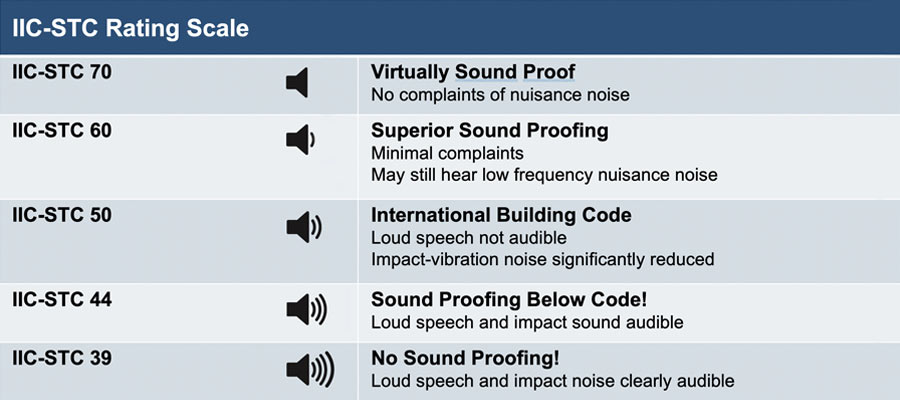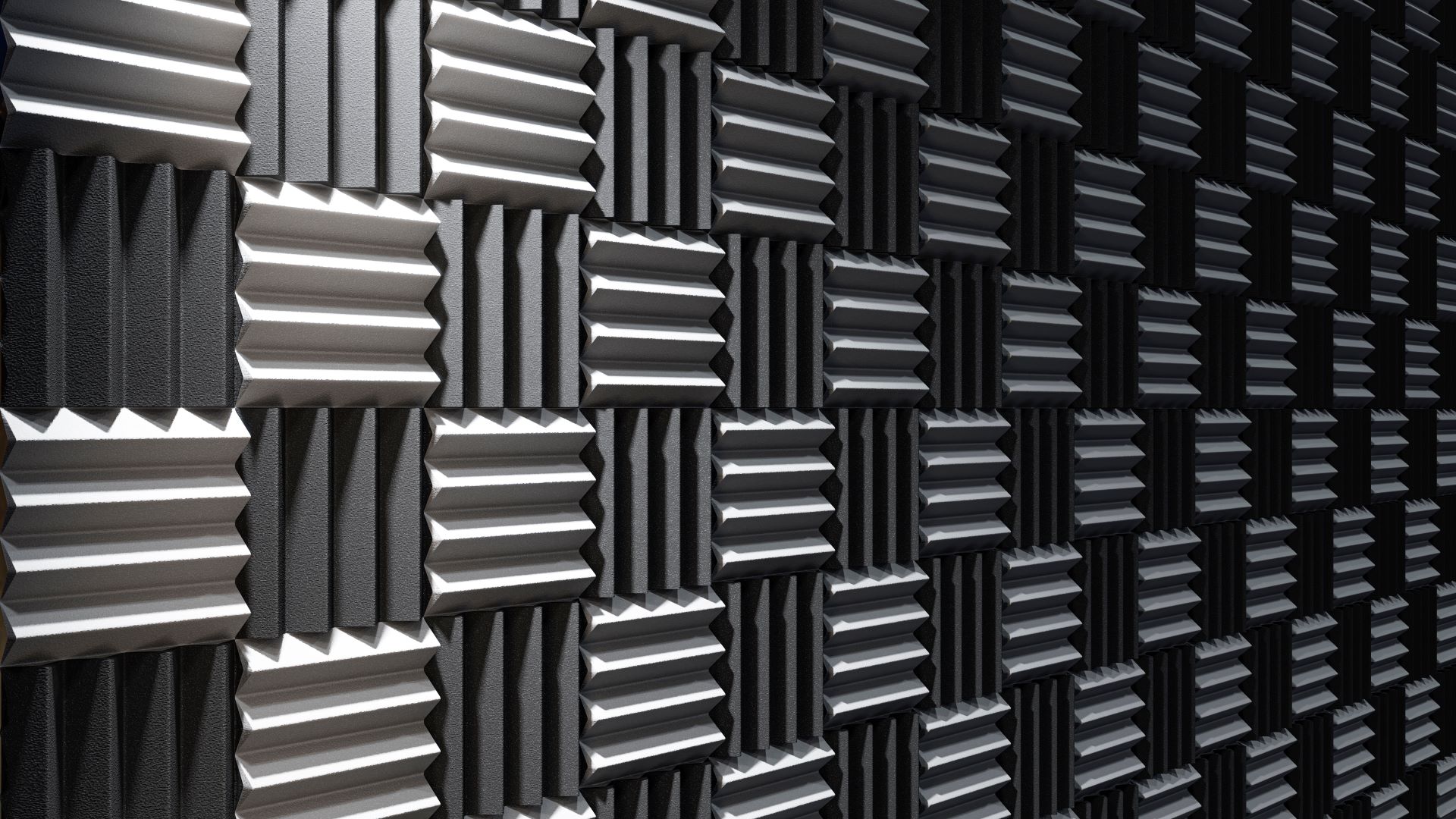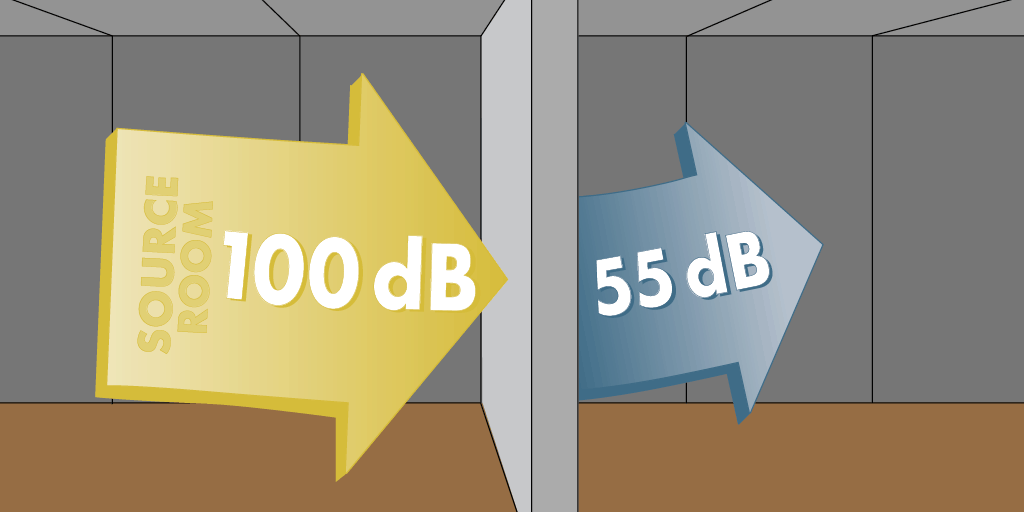Achieving STC Ratings Over 60 for Unmatched Guest Experience

In the hospitality and nightlife industries, delivering an immersive, enjoyable experience is essential. Whether it’s a hotel in a bustling city center, a high-energy nightclub, or a serene wellness resort, managing noise is crucial for creating an ideal environment. Soundproofing has become a key component in maintaining the delicate balance between vibrant entertainment and peaceful, quiet spaces. Sound Transmission Class (STC) ratings, which measure how well structures like walls, doors, and floors block airborne sound, are an important benchmark for soundproofing success. Achieving STC ratings over 60—and even pushing toward 80—ensures that noise stays contained, leading to satisfied guests, fewer complaints, and a strong reputation for quality.
Soundproofing needs in the hospitality sector are vast. For hotels located in lively districts, soundproofing is essential to create a buffer from outside noise. Rooms with STC ratings below 50 may struggle to shield guests from the hustle and bustle of nightlife, leading to complaints and less-than-stellar reviews. High STC ratings are also crucial for venues with nightlife spaces adjacent to quieter areas, such as a nightclub next to a lounge or a hotel lobby. Here, an STC rating above 60 provides sufficient sound isolation, keeping loud music from disturbing quieter areas while also ensuring compliance with noise regulations. In multi-purpose venues, soundproofing can be a valuable tool for managing overlapping events, allowing activities like a private dinner and a live concert to occur simultaneously without interference.

Achieving high STC ratings brings several key benefits to the hospitality and nightlife industries. For guests, soundproofing directly contributes to a positive experience. Guests who can sleep without interruption are more likely to leave positive reviews, recommend the venue to others, and return for future stays. Additionally, by reducing the spread of noise, high STC ratings also help reduce noise-related complaints from both guests and neighboring businesses or residences. This is particularly beneficial for venues located near residential areas, where noise ordinances are strict and penalties can be significant. Effective soundproofing also contributes to staff well-being by creating a more comfortable working environment, which helps reduce stress, improve morale, and boost productivity.
Achieving an STC rating of 60 or higher requires a strategic approach to construction and material selection. For walls and partitions, which are often the primary barriers to sound transmission, building a multi-layered wall structure with soundproof drywall, insulation (Rockwool is our favorite or a cheaper alternative is R13), and resilient channels can significantly improve sound isolation. Traditional walls typically provide STC ratings of around 35-45, but these enhancements can elevate the STC rating to 60 or beyond. Adding materials like mass-loaded vinyl (MLV) can further enhance soundproofing, providing the density needed to absorb sound without adding excessive bulk. For venues that need to push soundproofing boundaries, these layers can sometimes achieve ratings up to 80, creating almost total sound isolation.

Doors and windows are also crucial elements in soundproofing, but they can sometimes be overlooked. Standard doors and windows generally have lower STC ratings, sometimes as low as 25-30. In spaces where sound isolation is essential, upgrading to solid-core doors or acoustic doors and installing double-glazed or laminated windows can significantly reduce noise transfer. In particularly loud environments, sound locks—double-door vestibules that trap sound between two sets of doors—can be especially effective, creating an additional layer of isolation. These adjustments can raise the STC of doors and windows to above 50, which is essential for achieving a cohesive, soundproofed environment.
Floors and ceilings are often major contributors to noise transmission, especially in nightlife settings where bass frequencies are prominent. Floating floors, where the subfloor is decoupled from the structural floor with resilient underlayment, can prevent vibrations from traveling to adjacent spaces. This technique is particularly useful in venues with high-volume bass music, where low-frequency sounds are otherwise difficult to contain. Similarly, installing resilient channels and acoustic insulation in ceilings can enhance soundproofing, helping to contain music and other sounds within a designated area.
The choice of soundproofing materials plays a significant role in achieving high STC ratings. Soundproof drywall, such as QuietRock, is much more effective than standard drywall and is often used in hospitality spaces to create a barrier against sound transmission. Mass-loaded vinyl, a dense, flexible material that can be added to walls, floors, and ceilings, is another effective option. Its density makes it highly effective for blocking sound, especially in spaces near nightlife venues. Resilient channels are another valuable tool; these metal strips are installed between drywall and studs, allowing the wall to “float” and preventing sound from traveling through the structure. Acoustic panels and baffles don’t directly increase STC ratings but are valuable for controlling reflections and improving acoustics within a space, creating a more pleasant sound environment for guests.
Soundproofing is most effective when considered early in the design phase, as it allows for a cohesive approach that integrates soundproofing needs with structural design. When architects and engineers account for noise control from the outset, the budget can be managed more effectively, and the right construction techniques can be used to create high STC ratings without sacrificing aesthetic or functional design elements. Analyzing potential noise sources also helps ensure soundproofing success. By identifying problematic areas and understanding how noise will travel through a space, designers can create a targeted soundproofing plan that balances different materials and methods for maximum effectiveness.

In hospitality, soundproofing can’t be a one-size-fits-all approach. Achieving an STC rating of 60-80 generally requires layering multiple types of soundproofing materials. This may involve soundproof drywall, insulation, and acoustic panels, along with high-performance doors and windows to create a continuous sound barrier. Each material brings unique properties that contribute to the overall soundproofing effectiveness, whether it’s the density of MLV or the flexibility of resilient channels. Once the soundproofing is in place, testing can confirm its effectiveness. Sound tests can reveal areas where sound may still be leaking through, allowing for adjustments to be made to improve overall performance.
For the hospitality and nightlife industry, soundproofing is not just a technical detail; it’s an essential investment in guest satisfaction. Achieving an STC rating of 60 or more, and even up to 80, can mean the difference between guests having an unforgettable experience or a disruptive one. High STC ratings provide a peaceful environment for guests to unwind after a long day, while also keeping energy contained in nightlife areas. This balance creates harmony within a property, allowing different types of activities to coexist without interference. For any hospitality property looking to stand out, soundproofing is more than just an operational consideration—it’s a commitment to quality that guests notice and appreciate, and it’s an investment in a future of positive experiences and enduring guest loyalty.
At immersion audio – we can help you with your soundproofing approach – we want our client’s projects to sound their best – this begins with a strategic construction plan, followed by adequate absorption and diffusion once construction has been completed. With the holistic approach – a sound system will create an energetic experience rather than one that is disruptive to neighbors and fatiguing to the guests. Ask us about how we can support your current or new project.
–immersion audio–
